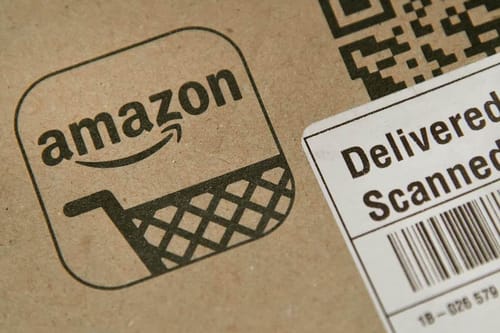 |
| Amazon sends out postcards to verify sellers' addresses |
Amazon has resorted to postcards to ensure that sellers in its marketplace live in what is known as apartment buildings.
After requiring third parties to publish their brand names and addresses in September, Amazon is now making sure that their addresses are original and correct.
To do this, the company began sending postcards to outside merchants selling in the US market to verify their addresses.
The postcard says: As part of our commitment to providing our customers and business partners with a safe and trustworthy shopping experience, we need to verify the business address that appears on the Amazon.com seller account page.
The postcard added that third-party verification transactions will not prevent merchants from selling products through the platform, as third-party sales represent more than half of Amazon's total revenue.
Amazon confirmed that it began testing the software with new vendors last year, then started bringing in some existing sellers earlier this year.
An Amazon spokesperson said in a statement: We will use a combination of advanced machine learning capabilities, robust monitoring capabilities, and professional human investigators to protect our customers and business partners from misbehavior and products. Once sellers are cleared to sell in our store, we will continue to monitor their accounts and behavior for new risks.
Amazon first contacted the seller and told them they needed to verify their business address. Then the seller verified and confirmed their business address through an internal portal called Seller Central. Once the transaction was complete, Amazon sent him a postcard.
The postcard contains a confirmation code that the seller must use to access the seller's center. The seller has 60 days to verify his address. If that fails, Amazon can freeze the funds in the seller's account.
Amazon blocks any seller account that proves its address is incorrect. In the event that the postal authority of the seller is lost in the mail, the company can send a new card to their address.
Founded last fall, the company encouraged sellers in the U.S. market to publicly disclose their brand names and addresses so that consumers can better understand these sellers and their products before purchasing.
Amazon operates online marketplaces in more than a dozen regions, but the end of March is the largest marketplace in the United States. Amazon has more than 6 million overseas sellers around the world, more than half of them sold through Amazon in North America.
So far, there is no easy way to find the seller or legal entity that delivered the product unless the consumer made a purchase on Amazon Marketplace in Europe, Mexico, and Japan and the seller had long since been forced to refuse the name and address of their product offering. Follow local laws.
